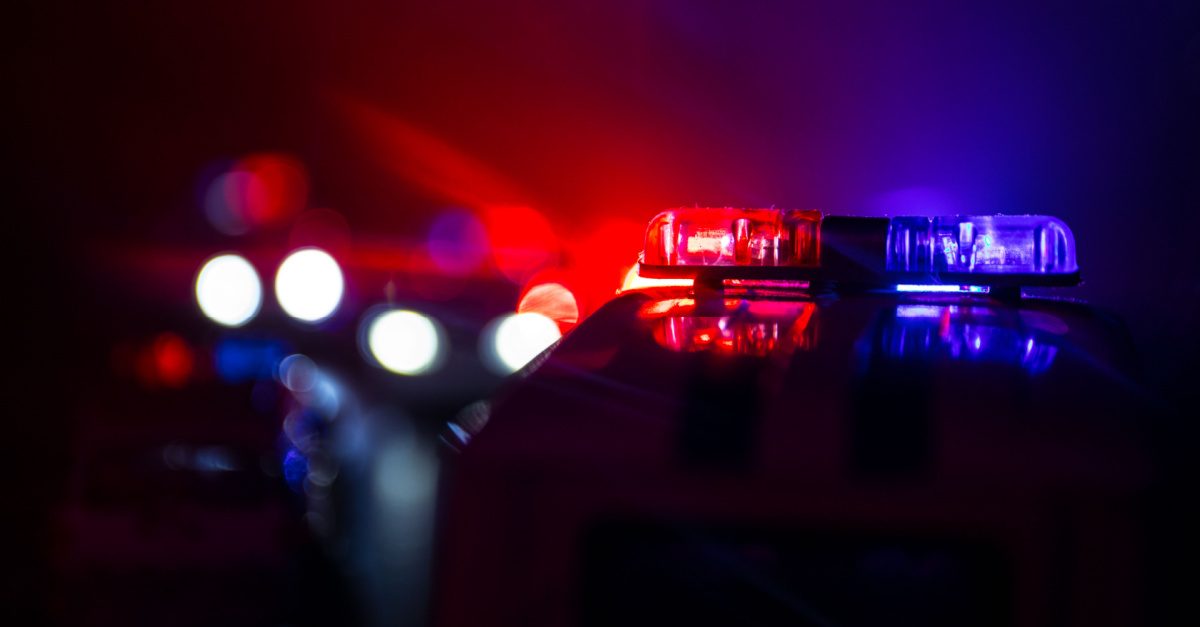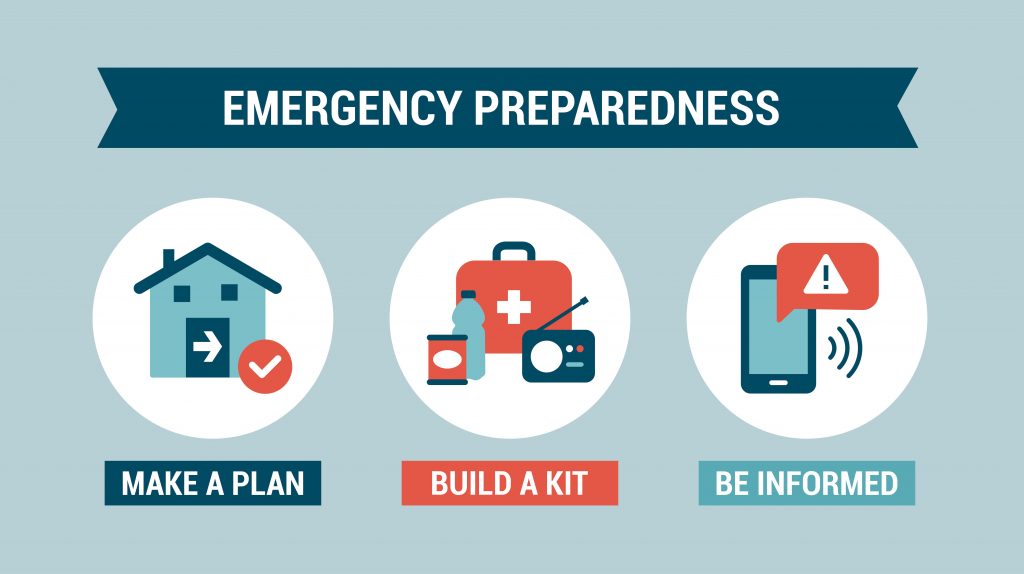
Building an Effective Emergency Preparedness Kit for Your Workplace
In today’s unpredictable world, it’s essential to be prepared for emergencies in all aspects of life, including the workplace. Creating an emergency preparedness kit for your workplace is a proactive step toward ensuring the safety and well-being of team members during unexpected situations. Below is a guide to building an effective emergency preparedness kit that can provide essential supplies and resources when needed.
-
Assess Potential Risks
A comprehensive risk assessment is crucial when building an emergency preparedness kit for your workplace. You can understand your workplace’s risks by analysing potential hazards like fires, natural disasters, power outages, medical emergencies, and chemical spills. This assessment helps you determine the necessary supplies and equipment to handle emergencies effectively.
Depending on the nature of your workplace, specific emergency equipment may be necessary. For example, in environments where hazardous gases or chemicals are present, safety equipment like face shields and respirators are critical to protect team members during an emergency evacuation. You can find more escape breathing apparatus examples here.
By assessing potential risks and identifying the appropriate emergency equipment, you demonstrate your commitment to team member safety. This proactive approach reduces accidents, fosters a culture of preparedness, and ensures that resources are allocated wisely. Remember, conducting a risk assessment and including essential emergency equipment are critical for mitigating emergencies and safeguarding lives.
-
Communicate Effectively
Effective communication is crucial during emergencies, serving two vital purposes: alerting team members and receiving updates from authorities.
It’s best to equip your workplace with suitable communication devices like landline phones for stability during power outages and two-way radios for quick coordination. Designate a responsible person trained in emergency protocols to relay information to emergency services and team members efficiently.
Clear communication enables timely warnings, instructions, and guidance, ensuring safe evacuation during fires or natural disasters. It also facilitates coordination with external authorities, bringing professional assistance and essential information.
Conduct regular training to familiarise team members with communication protocols, minimising confusion and maximising effectiveness. Establishing reliable communication enhances preparedness, response capabilities, and collaboration, minimising risks and potential damage.
-
Prepare First Aid Supplies
Every workplace should have a well-stocked first aid kit readily available. A comprehensive first-aid kit may include the following:
- Adhesive bandages
- Sterile dressings
- Antiseptic wipes
- Disposable gloves
- Adhesive tape
- Scissors
- Tweezers
- Instant cold packs
- Burn ointment
- Eye wash solution
First aid kits are essential in the workplace as they provide immediate medical assistance for injuries and emergencies. They enable prompt and appropriate responses, minimising the severity of injuries and potentially saving lives.
A well-stocked first aid kit ensures that basic medical supplies are readily available to address common workplace injuries such as cuts, burns, or sprains. Additionally, specific first aid supplies tailored to workplace hazards in high-risk industries can further enhance preparedness.
First aid kits empower team members to provide initial care while awaiting professional medical help, reducing the impact of injuries and promoting a safer work environment overall.
-
Include Emergency Lighting
In case of a power outage or low visibility conditions, emergency lighting is essential for safe evacuation. Include battery-powered flashlights or headlamps in your emergency kit, along with spare batteries. Additionally, consider installing emergency exit signs and glow-in-the-dark markings to guide team members to safety.
-
Stock Food And Water
In the event of an extended emergency or lockdown situation, it’s important to have an adequate supply of non-perishable food and drinking water available. Stock your emergency kit with sealed food items such as energy bars, canned goods, and individually packaged snacks. Make sure you regularly check and replace these items to maintain their freshness.
-
Prepare Personal Protective Equipment (PPE)
Personal protective equipment is crucial for team members’ safety during emergencies. It’s essential to include the following items in your emergency kit:
- Safety goggles
- Dust masks
- Gloves
- Hard hats
- High-visibility vests
- Hearing protection
Proper storage and easy accessibility of PPE ensure team members can quickly utilise necessary protective gear when an emergency occurs. It is a barrier between team members and potential harm, reducing its severity, preventing on-the-job injuries, and safeguarding their well-being. Regular inspection and replacement of PPE items should be conducted to maintain effectiveness.
-
Create Emergency Evacuation Plans And Maps
Clear emergency evacuation plans and maps are essential for workplace safety. They provide team members with vital information, including the locations of emergency exits, assembly points, and emergency equipment. Displaying these plans helps ensure everyone knows how to evacuate during an emergency safely.
Regularly reviewing and updating evacuation plans and maps maintains their accuracy and effectiveness, simplifying the evacuation process and enabling quick and efficient team member response, minimising emergency risks.

Conclusion
Building an emergency preparedness kit for your workplace is an investment in the safety and well-being of your team members. By carefully assessing potential risks, including essential supplies and equipment, and promoting awareness of emergency procedures, you can help ensure your workplace is prepared to handle unexpected situations. Regularly review and maintain your emergency kit to ensure that all items are up-to-date and in proper working condition. Remember, being prepared is the first step towards safeguarding lives and minimising the impact of emergencies in the workplace.
Does your business stand out from the crowd when it comes to sustainable practices, responsible sourcing, or workplace culture? If so, why not submit a nomination for this years The Sustain Chain Awards to receive global recognition for the work you are doing? Submit your nominations online quickly and easily.

